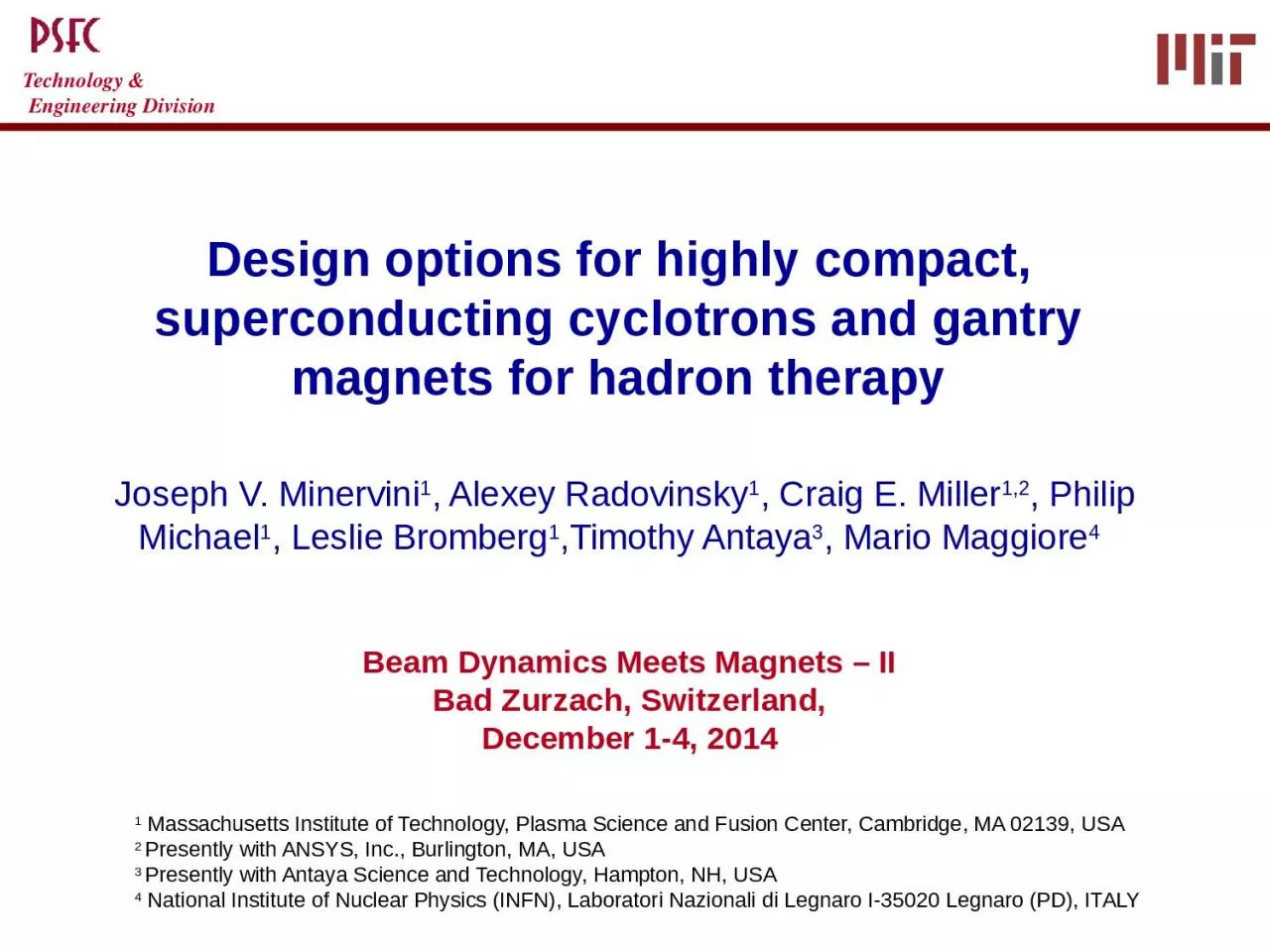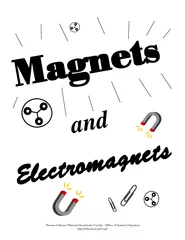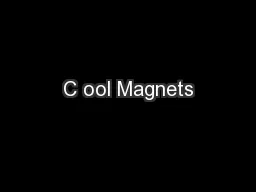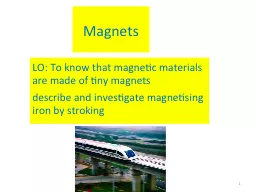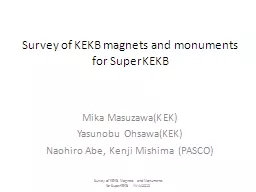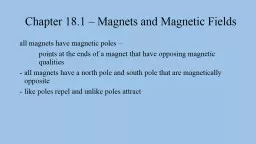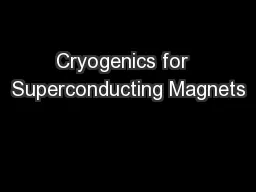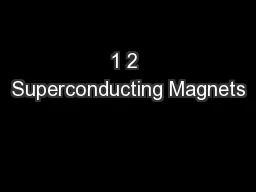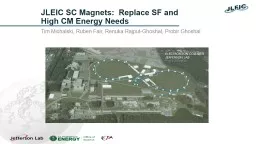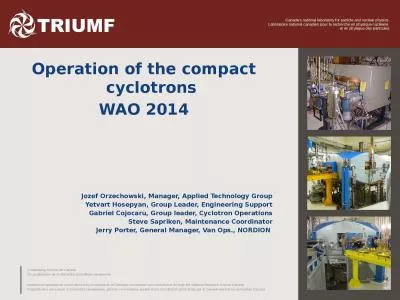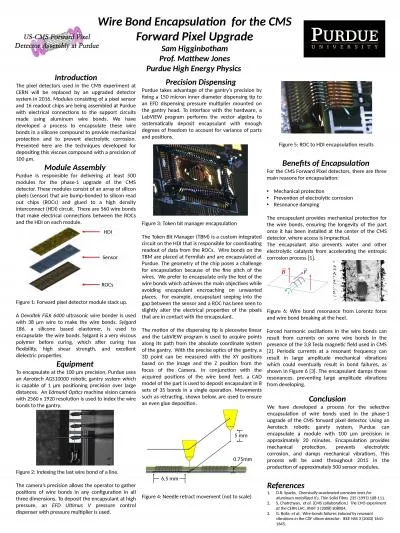PPT-Design options for highly compact, superconducting cyclotrons and gantry magnets
Author : murphy | Published Date : 2022-06-20
for hadron therapy Joseph V Minervini 1 Alexey Radovinsky 1 Craig E Miller 12 Philip Michael 1 Leslie Bromberg 1 Timothy Antaya 3 Mario Maggiore 4 Beam
Presentation Embed Code
Download Presentation
Download Presentation The PPT/PDF document "Design options for highly compact, supe..." is the property of its rightful owner. Permission is granted to download and print the materials on this website for personal, non-commercial use only, and to display it on your personal computer provided you do not modify the materials and that you retain all copyright notices contained in the materials. By downloading content from our website, you accept the terms of this agreement.
Design options for highly compact, superconducting cyclotrons and gantry magnets: Transcript
Download Rules Of Document
"Design options for highly compact, superconducting cyclotrons and gantry magnets"The content belongs to its owner. You may download and print it for personal use, without modification, and keep all copyright notices. By downloading, you agree to these terms.
Related Documents

